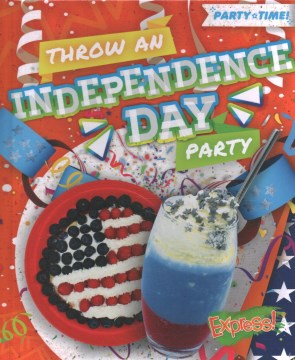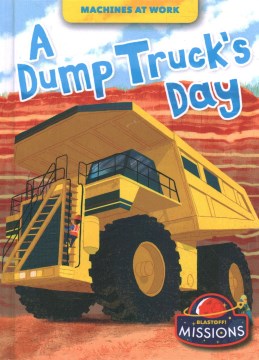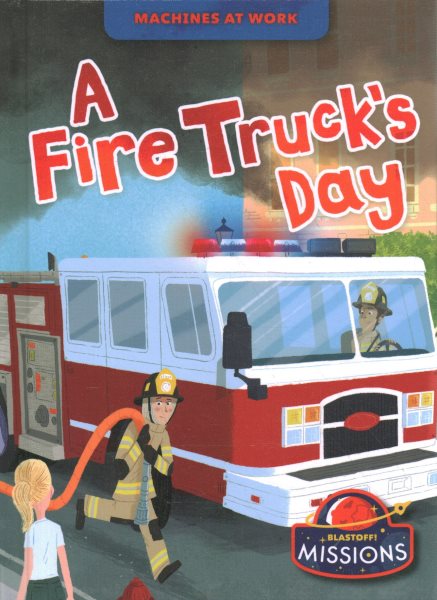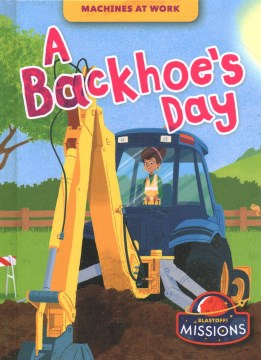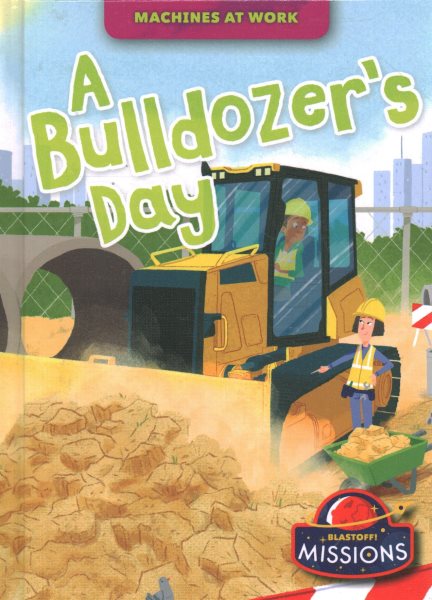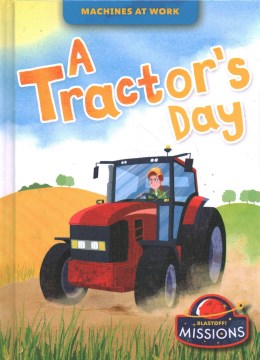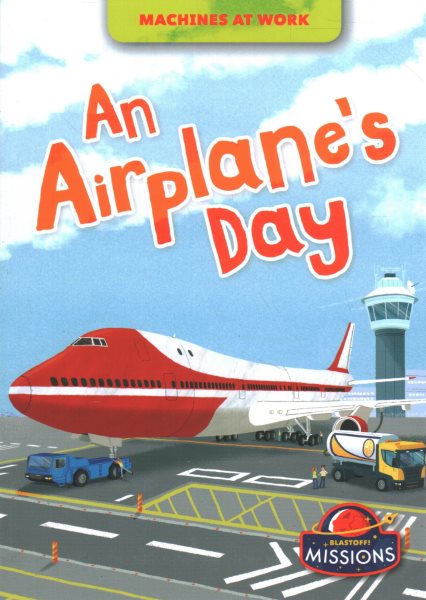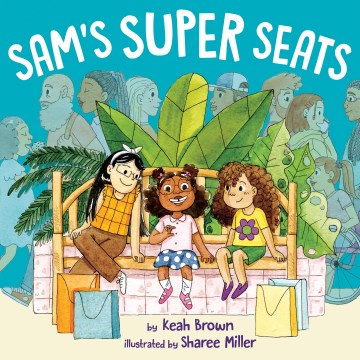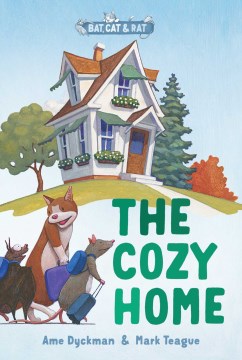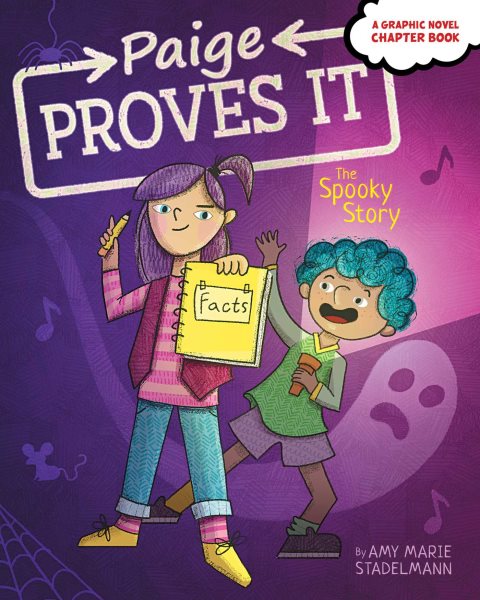
Written by Christina Leaf
Express!: Party Time! is a six-book series that introduces holidays and their history. Then, gives directions for some simple decorations, foods and activities. Everything has step-by-step directions with illustrations and a list of extra materials over those noted at the beginning of the books. Each project is introduced with some information connecting it to the history of the holiday. There are Table of Contents, Index, Glossary and “To Learn More” section with extra resources. Particularly helpful are the “Top Tips” scattered throughout each book. Color illustrations are engaging and the text is accessible.
Throw a Valentine’s Day Party shares information and projects related to the holiday. Foods, decorations and other crafts are presented, beginning with a short history or description of the relevance of the project to the holiday. Kids will love reading about the origin of the heart-shaped box of chocolates and candy hearts. A fun addition to the holiday is that several cultures celebrate Friendship Day on this date as well. This book gives directions for making a friendship bracelet for a friend in honor of that aspect of the holiday. All in all, this is a great resource for budding party planners as well as kids that are curious about the holiday and its origins. Add this to your library!


